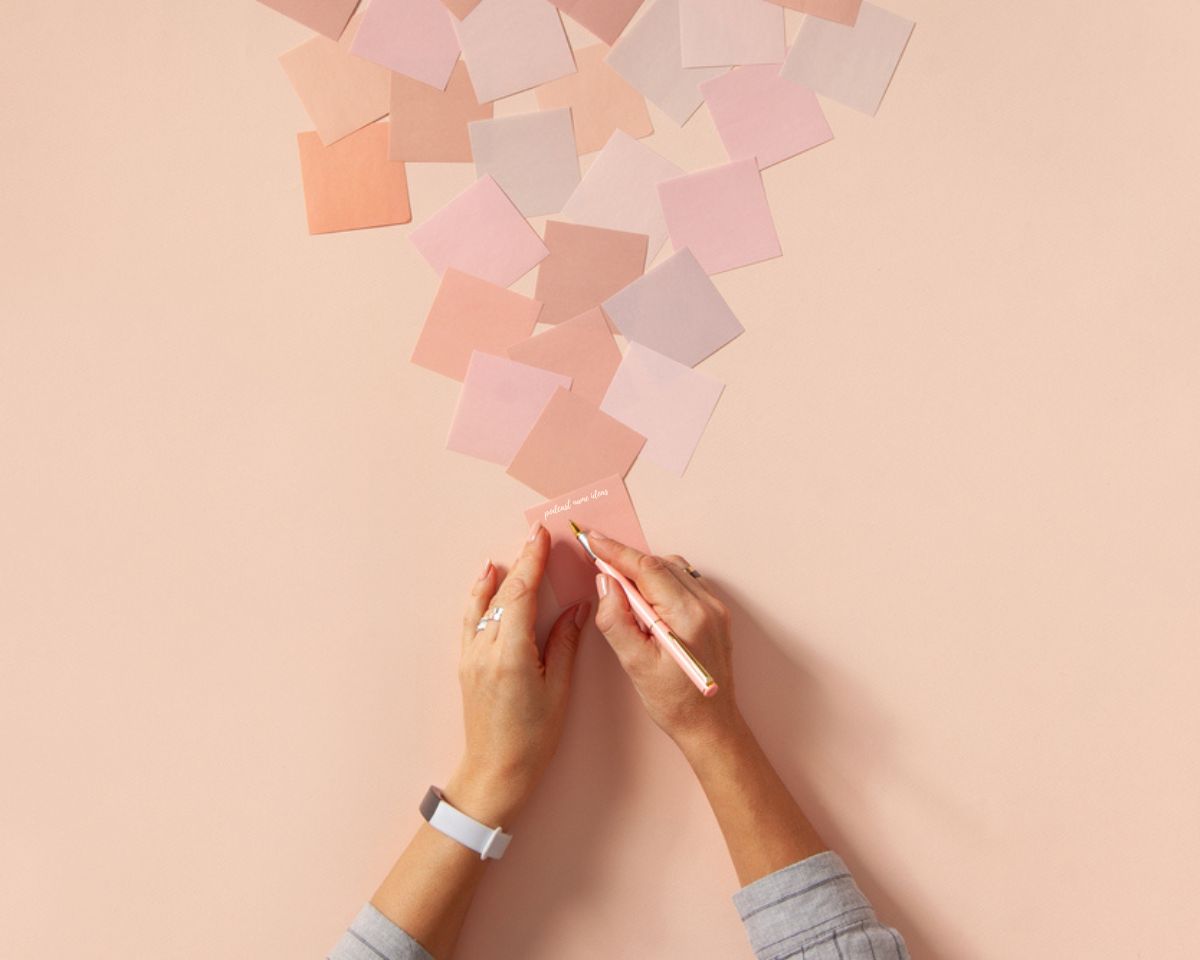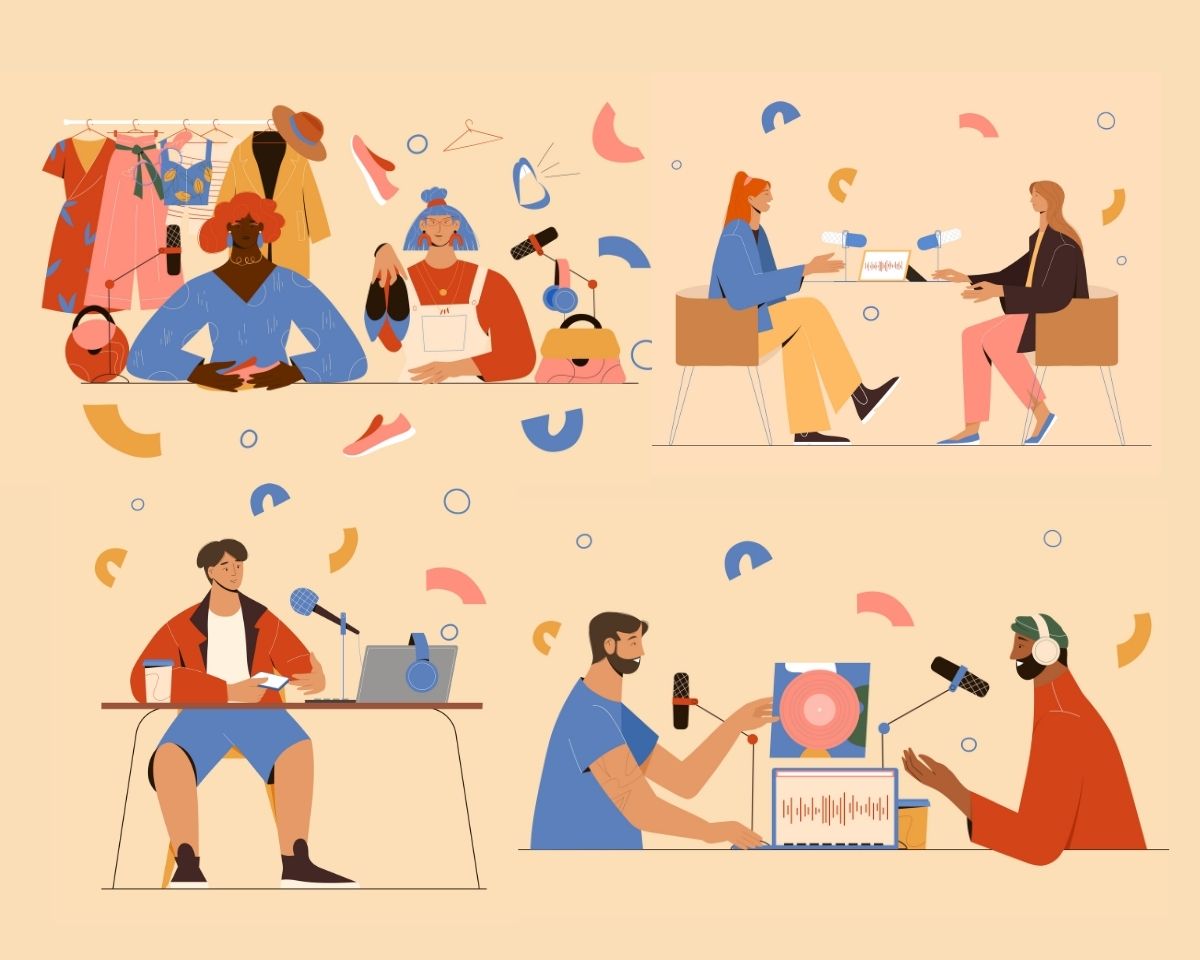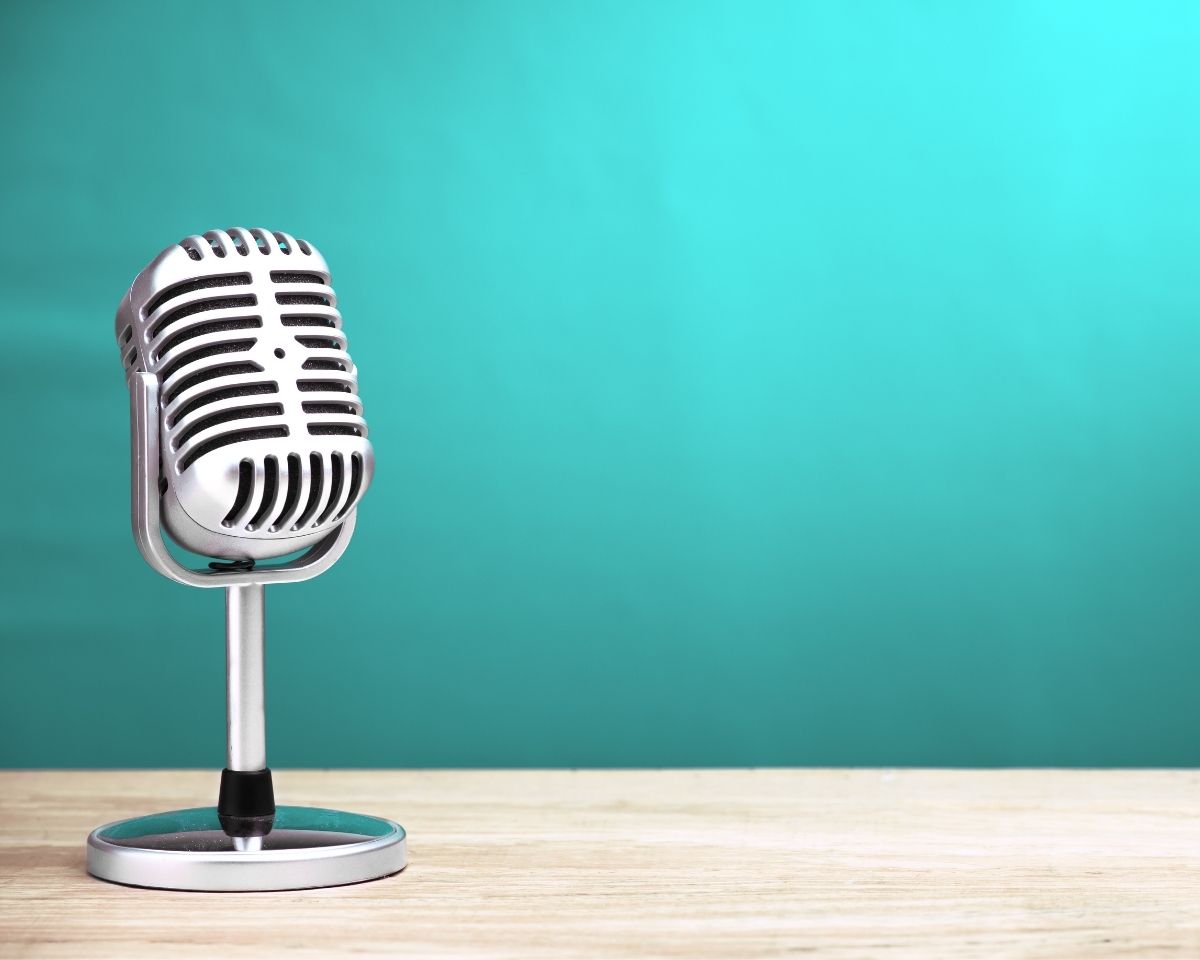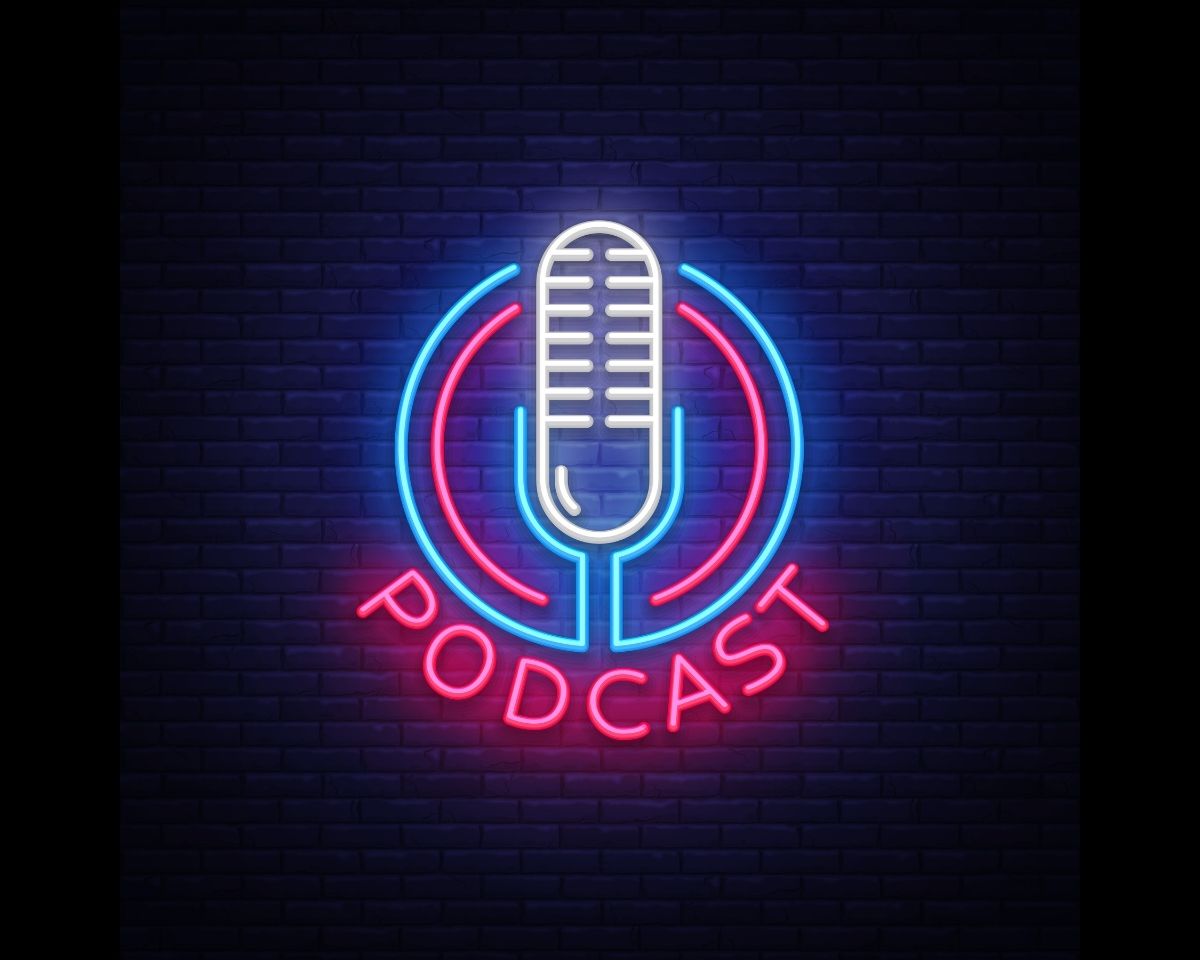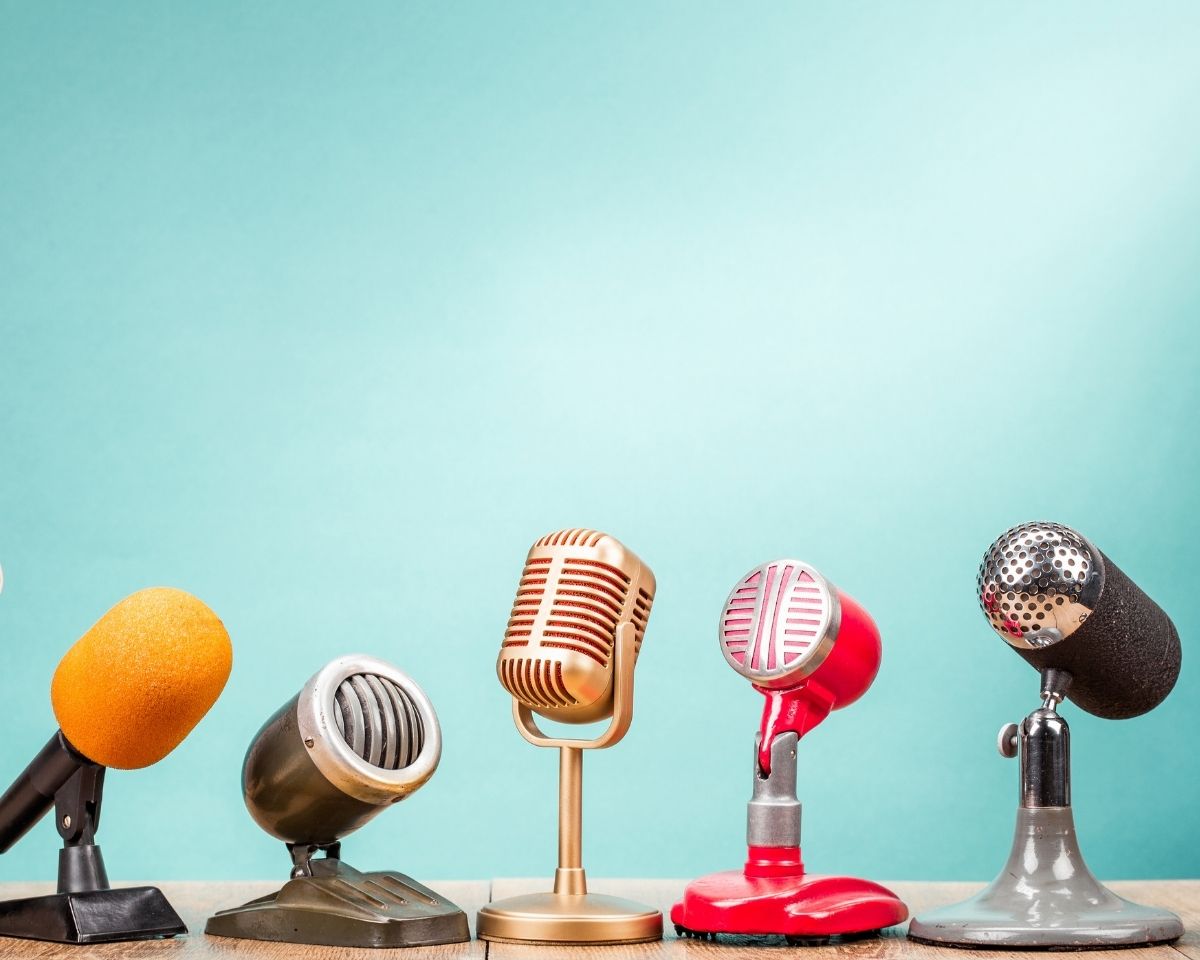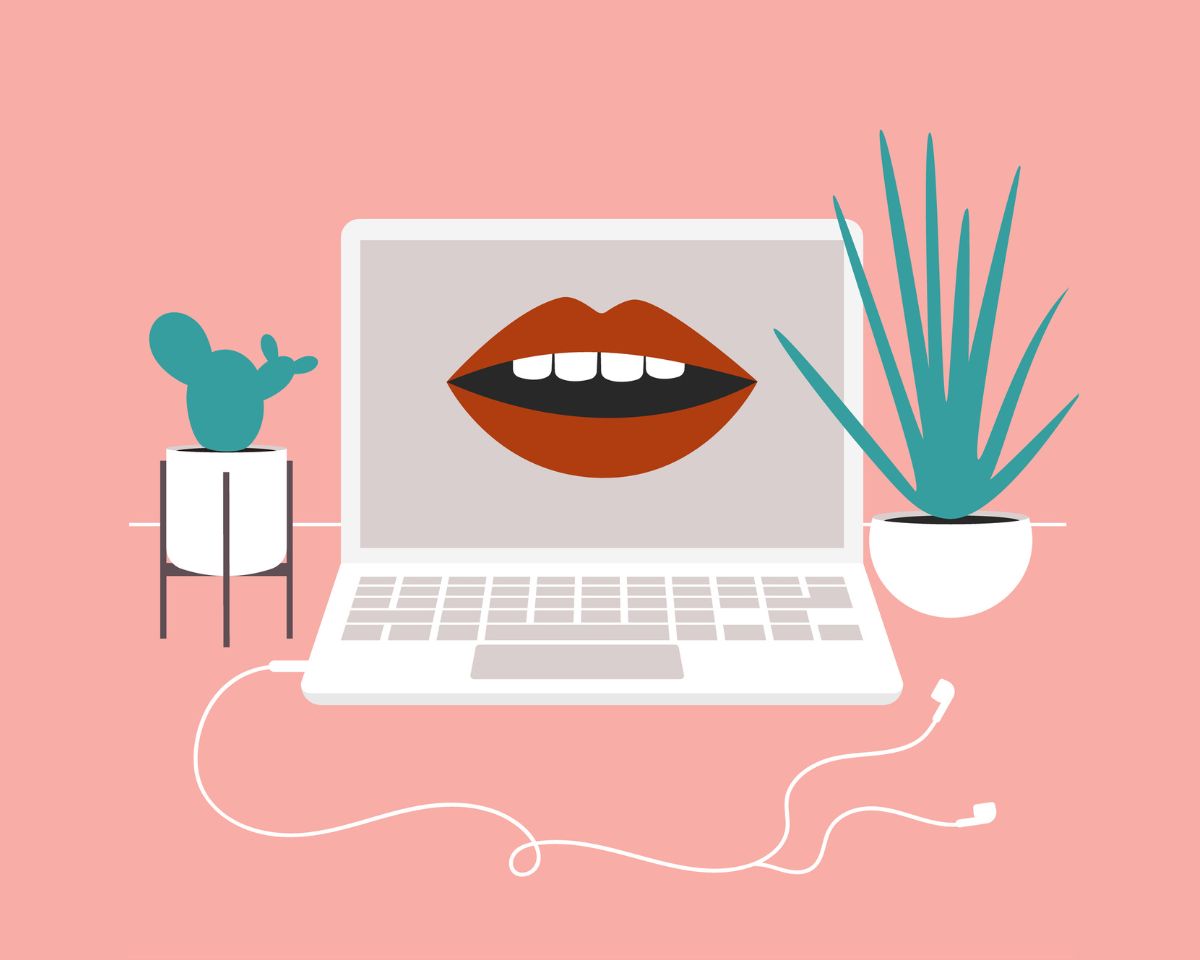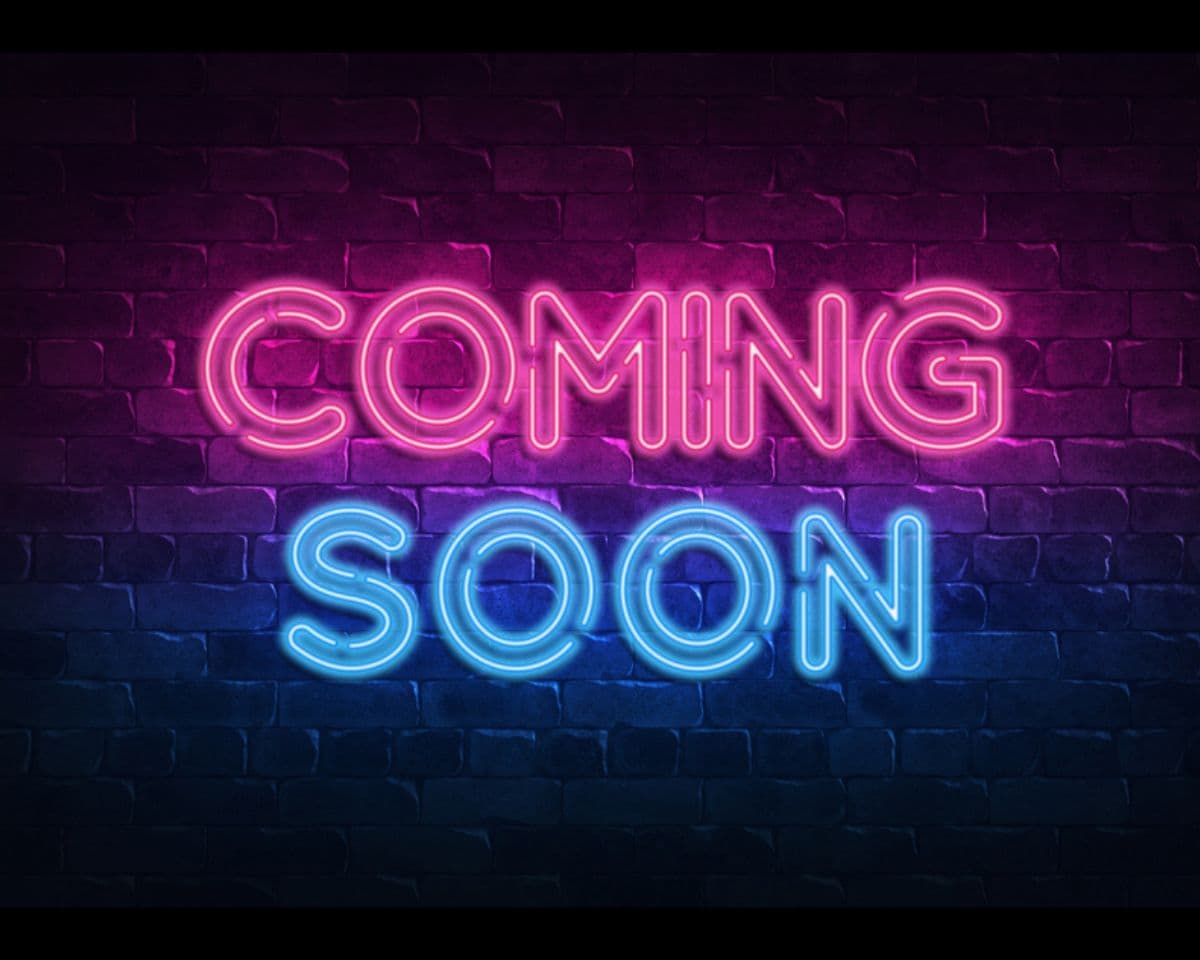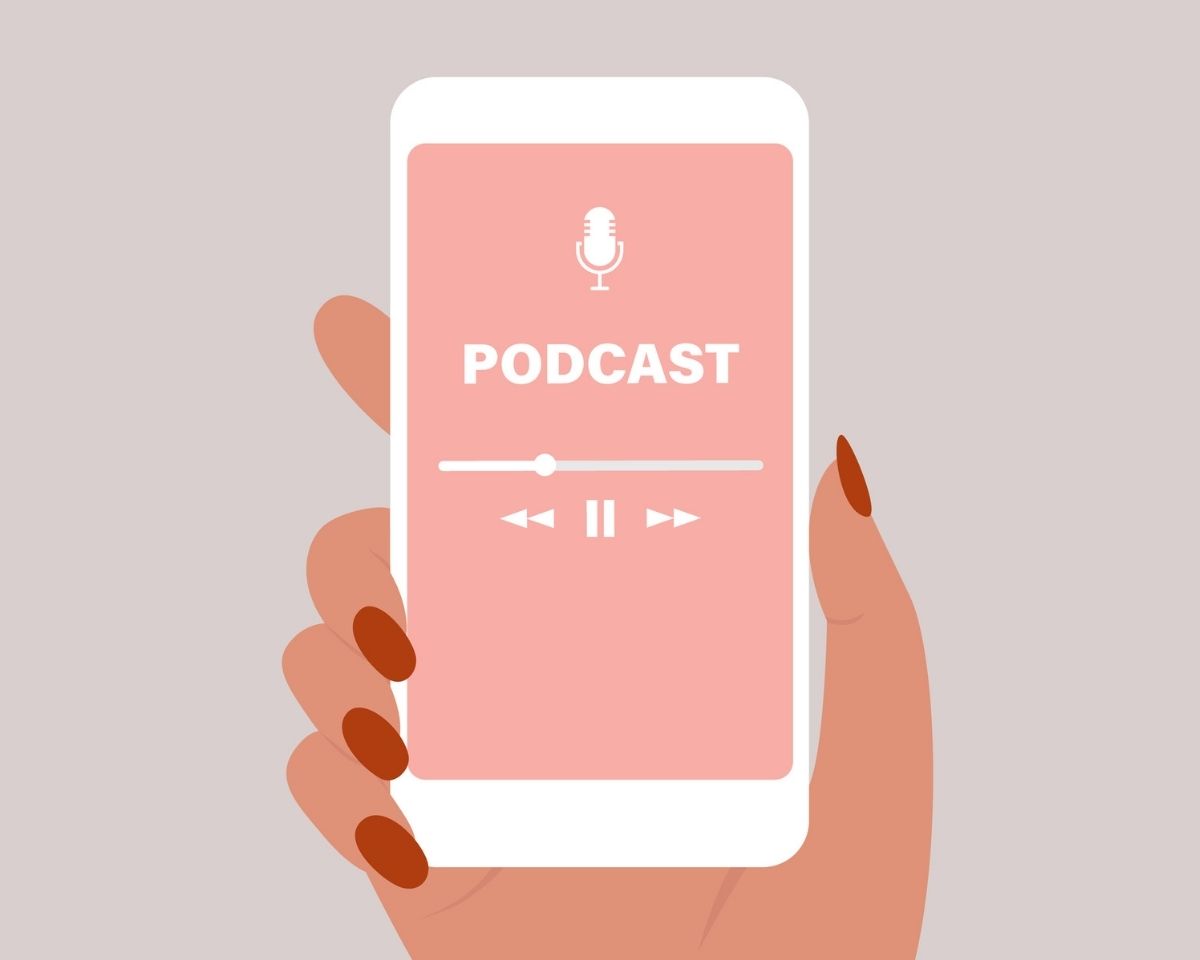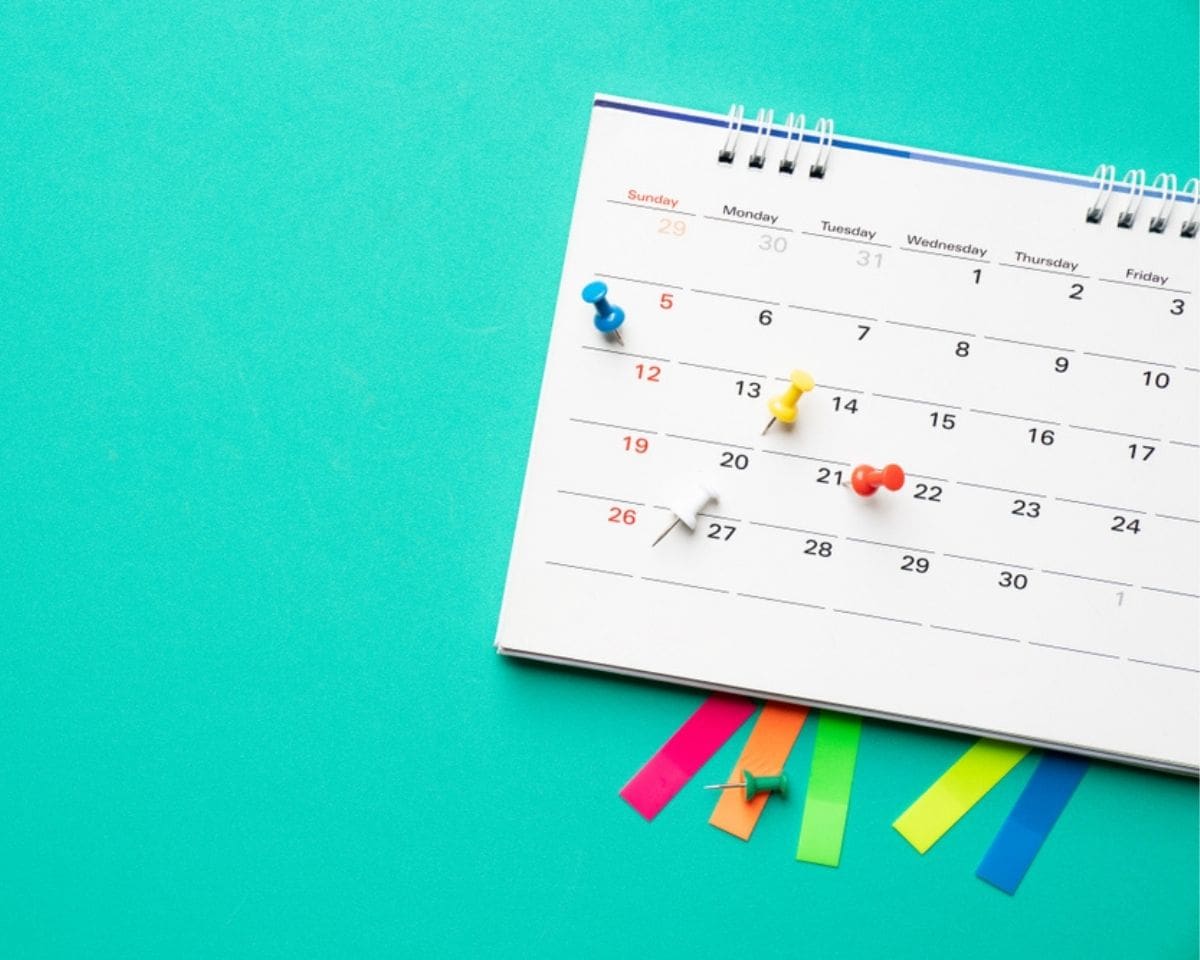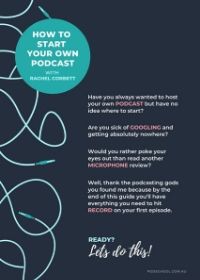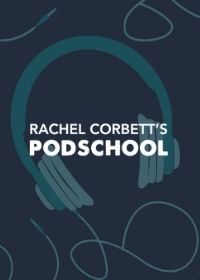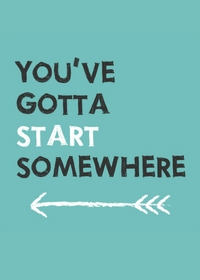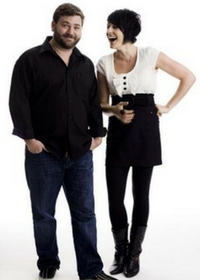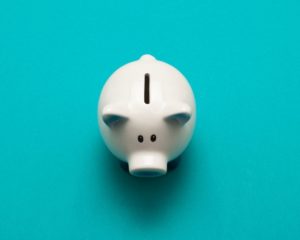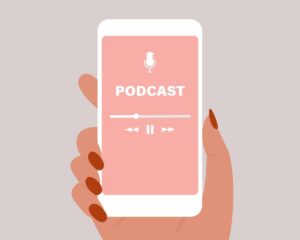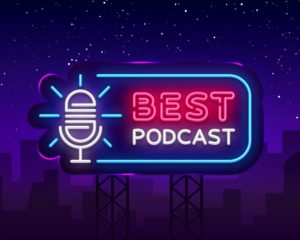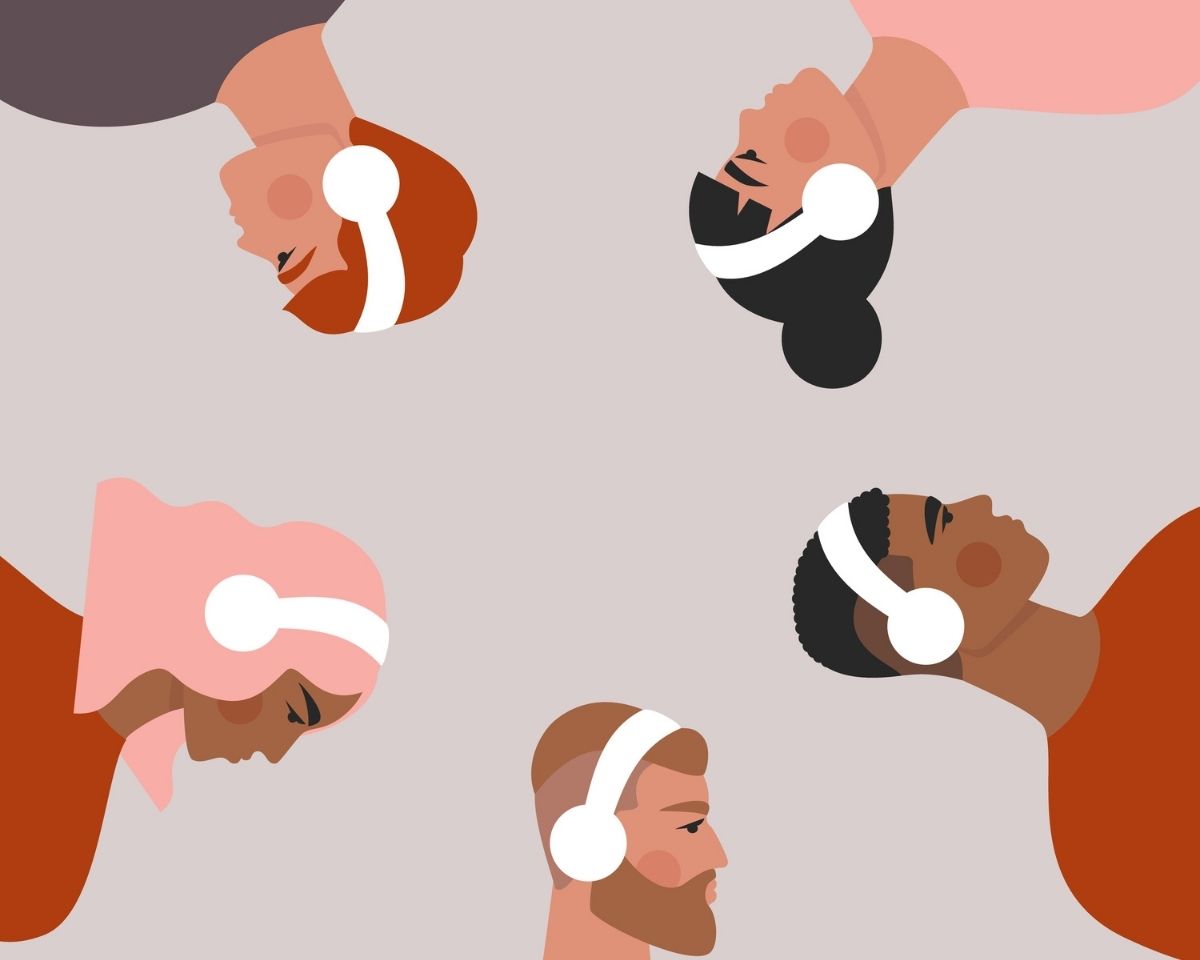
The 15 steps to start your own podcast
Do you want to be a podcaster but you’re not sure how you get a show started or how to get it into podcast apps?
Below are 15 steps you need to take to launch a podcast and get it into people’s ears.
Step 1: Come up with a kick-arse podcast idea
This might seem like a no-brainer but a common mistake people make when starting a podcast is they come up with an idea for their ego not their audience.
If the only reason you want to start a podcast is because you want to be in front of a microphone it might be hard to convince potential listeners there’s much value in the show for them.
And if you want to grow an audience (which I’m assuming you do) people need to see value in your content.
That means you need to keep your ideal audience in mind when you’re making decisions about every aspect of your podcast…the length, the format and especially the idea.
Step 2: Come up with a great podcast name
The name of your show is the first thing people will see after they’ve looked at your podcast art so it’s got to be a name that catches their attention and piques their interest.
Ideally, it also needs to give them an idea of what the show is about or at least the tone of the content.
Being creative is better than being overly literal when it comes to your podcast name but you don’t want to be so creative people don’t understand it.
If they have to think too hard they’ll probably move on.
Step 3: Buy a domain name and claim your social media handles
Once you’ve decided on a name for your podcast it’s a good idea to see if you can get all the digital assets that you’ll need to go with it.
If you’re planning on starting up a new social media account for your show (which isn’t essential but can be a good idea depending on your content) you’ll want to make sure the handles are available.
You’re also going to want to create a website for your podcast and if the domain name isn’t available that can often send you back to the drawing board looking for a new name.
If this happens and you really don’t want to change the name you’ve got you can always add ‘podcast’ to the end of the domain name and see if that’s available.
Having a website helps build authority online and can help people find your podcast via search, so it’s a good idea to have a simple URL to send people to, even if it directs to a page on your existing website.
Step 4: Come up with the right format & length for your show
Once you’ve come up with a killer idea you need to make sure you’re delivering it in a way that suits your audience and your content.
Your show might be best served in bite-sized chunks that are under ten minutes.
Or you might be interviewing people about serious topics that need time to breathe so 45 minutes to an hour could be your sweet spot.
Alternatively, you could be sitting on a story that would be best fleshed out over a series of punchy 20-minute episodes that leave listeners hanging out for the next installment.
There are no rules so be as creative as you like but also be realistic.
Remember you have to deliver your show consistently if you want to grow an audience so you don’t want to create a rod for your own back.
Hour-long episodes might seem like a great idea when you’re at the starting blocks flush with ideas but two months in, that length may be impossible to maintain.
So, make sure you make your decision based on what’s best for your content and your audience but also what’s best for you in terms of workload.
Step 5: Choose your release schedule
Consistency is the key when it comes to podcasting so you want to pick a regular day and time to be there for your audience and stick to it.
Dropping episodes weekly is a great frequency if you’re looking to build audience while keeping things manageable.
If you can’t do episodes that often, maybe start fortnightly and increase it once you get the hang of things.
Fortnightly or monthly episodes won’t build an audience as quickly as weekly episodes will but consistency is the most important thing.
So, if dropping your show fortnightly or monthly means the difference between getting episodes out consistently and not getting them out at all then just get started.
Another option, if you’re worried about being able to keep up with the workload, is to release your show in seasons so you can batch-record episodes ahead of time and work on the next season while the current, pre-recorded season is rolling out.
Step 6: Buy your equipment
At this stage, you’ve probably done enough due diligence to know if this is an idea you’re going to commit to or if you need to keep thinking.
If you’re full steam ahead, it’s time to buy your equipment so you’ve got something to record on but also so you’ve got some gear to practice with.
Practicing before you go live is a great idea, especially if you’re new to podcast presenting.
You don’t need to spend a lot of money on a complex setup or rent space in a professional recording studio but you will need to buy a good quality microphone.
You’ll also want to think about where you’re going to record because this will have a big impact on your audio quality.
Step 7: Design your podcast logo
This can take more time than you think so you want to get started on it as soon as possible.
You can design a logo for free in a tool like Canva, or you could hire a designer on a website like 99 Designs.
Whatever you do it’s a good idea to look around at podcast logos you like so you’ve got references for yourself and your designer.
If you are getting someone to design your logo make sure you’re as detailed as possible with your brief and give them as many of those visual references as possible.
Your designer isn’t a mind reader and the less specific you are the longer it’ll take to get a design you love.
And more time means more money.
Step 8: Select your intro and outro music
The easiest way to make your show sound professional is to add intro and outro music.
This is the audio brand of your podcast so you want the music to fit the vibe of your show.
Be warned: It can take a LONG TIME to find the right music and you can lose days trawling production websites.
So give yourself time to get the right track because you want to get something that perfectly fits your show.
Step 9: Start recording episodes
This could be for practice so you’re ready to go when your show goes live, or if your content won’t date, it’s a great idea to start recording ahead of time so you can schedule content.
This will make it much easier to maintain consistency and it’ll also give you audio you can use to promote upcoming episodes and use in your trailer.
Step 10: Sign up to a podcast host
A podcast host is the link between you and the podcast apps and it’s where you’ll store all of your audio files.
Ideally, you want to choose a platform that’s podcast focused with a proven business model so you know they’re not going to shut down five minutes after you’ve started.
And if you’ve decided to go with a free podcast host make sure you thoroughly read their Ts&Cs.
You want to make sure you own your content and that if you decide to move to another host at any time you can take your content with you.
Often with a free host, you might not be paying with money but you could be paying with something else so you want to know exactly what that is (ideally not your IP).
Step 11: Create your show profile
This is where you set up your show in the back end of your chosen podcast host.
At this stage, you’ll need your show name, description and logo ready to go so you want to put some thought into coming up with a great elevator pitch (your description) because that’s what might convince people to listen to your show.
Step 12: Create a show trailer
To generate an RSS feed (the thing you need to submit your show to podcast apps) you’ll need to upload a piece of audio (MP3) to your podcast host.
Ideally, that MP3 contains evergreen content (content that doesn’t date) because at this point your show doesn’t exist in podcast apps and getting it in there can take time.
That means you don’t want to upload your first real episode as your first audio file because you won’t be able to get anyone to listen until it’s been accepted by directories and you don’t know how long that will take.
If you’ve been doing practice records or recording episodes ahead of time, this is a great time to use that content in your trailer so people can get a taste of what’s to come.
Or you can write a compelling script that sets up the premise of your show and gets people excited about what’s on the way.
Step 13: Submit your podcast to podcast apps
This sounds difficult but it’s as simple as copying your RSS feed from the back end of your podcast host into the submission pages for each of the directories.
There are more podcast apps than you can count and you can submit to as many as you want.
You’ll also find your show appears automatically in some apps because they pull data in from directories like Apple Podcasts without you having to submit anything.
Whatever directories you submit to you want to make sure your show is available for anyone listening on an iPhone OR Android which means it needs to be in more places than just Apple Podcasts.
A good start is to make sure your show is submitted to Apple Podcasts, Google Podcasts and Spotify at a bare minimum.
Step 14: Wait
The amount of time it takes for your show to be accepted by podcast apps is the one thing you don’t have any control over.
I’ve had podcasts turn up in 24 hours, others have taken two weeks and it varies from app to app.
As a general rule, you want to make sure you’ve got a buffer of at least two weeks between submitting your podcast to the apps and your first episode going live.
This is important because when you launch your first episode you want people to be able to find it and if your show hasn’t been recognised by the directories they won’t be able to.
Once your podcast is in the podcast apps, each subsequent episode will appear on people’s phones as soon as you press publish (although some directories do have a bit of a lag).
Step 15: Start releasing episodes
Now the real work starts!
Once your show is ‘live’ it’s time to start creating, recording and releasing your episodes on a regular basis.
That means coming up with compelling content, consistently which is easier said than done but it’s the only way to build a strong audience.
So, what are you waiting for? Time to get that podcast started!
Got a burning question you’d like answered on the podcast? Send me an email.
Want to start your own podcast but need a little help? Download my “How To Start A Podcast” guide or sign up for my online podcasting course, PodSchool.
Welcome to the show. Today is a bit of a moosh up off a bunch of different bits and pieces into one bumper episode where I'm going to take you through all the steps you need to go through to get your podcast started. The very first thing, obviously, is that you need a killer idea. Just any old idea ain’t gonna cut it. You really need the best idea you can come up with, which is easier said than done but the way you go about this is by thinking about your audience rather than your ego. I see a lot of podcasts fail because people want to be behind the microphone but they don't really think about whether the idea they're doing is something an audience is looking for. You need to find the niche idea that people are looking for unless you have an existing profile. If you do you can get away with a bit more because the niche is YOU but if you're just starting out, it's a good idea to try and hone your concept. Think about what an audience would find interesting and engaging because ultimately you want it to be a success. There's no point starting off your show thinking it's going to be massive but not putting much thought into whether there's an audience and then being disappointed when it doesn't work out because that feeling sucks so bad. So killer idea. Very important. Think about your audience when you’re coming up with that.
The next thing to think about is the best way to execute your idea. When you've nailed your idea, you want to work out the right format, the right length, the best way to communicate the idea you've got. That involves thinking about whether you're going to do it solo, have interview guests or co-host with somebody. There's a lot of considerations but ultimately you need to think about the best way to convey your content and the best way for your audience to consume it. Sometimes you can be a bit scared to do it by yourself because it's nerve-wracking talking into a microphone on your own but that’s often the best way to deliver a show. One of the difficult things with co-hosting is, of course, finding somebody who has an equal commitment to the project, and you don't want to get six months or a year in and go. “Oh, you can't be bothered doing this with me anymore. And now I have to do it alone or find somebody else” because it can be really hard to find somebody to replace an existing co-host. So don't be afraid to do it by yourself. If you’re really nervous just practise before you go live so you’re way more confident when you press publish.
So we've got the killer idea, the format, the length. Then you have to work out when you were going to release it. Is it going to be a monthly show, a weekly show or an every day show? That is a lot of work. A weekly show is usually the best frequency because it’s not too overwhelming for you as a content creator, but it's also regular enough to build a good connection with your audience. If you can do it more frequently, fantastic. But just make sure it’s not coming at the expense of the quality of your show. It’s better to do one episode really well than slap together five rushed ones.
The other thing you can think about is whether seasons might be a better way to do your show. That way you can prepare for the next season in the breaks between seasons and it can be a lot more manageable. That might be a better way to deliver your content but whatever decision you make you need to have your audience in mind.
After you've made your decisions about how you're going to deliver your content you need to think about setting up your home studio. You don't need to spend a lot of money but you do need to think a lot about the audio quality of your show if you want it to be a success.
Then, of course, you need a logo, so the logo design part of things can take a little bit of time. Even if you are designing it yourself you can really get lost in the quagmire of changing fonts and colours. If you're working with a designer, you often don't know what they're going to come back with so it might take a bunch of edits to get to the point where you’ve got something you really like. But it’s really important to have a logo that pops. Of course, you can change it later but ideally, you don't want to launch with a logo you're not proud of or that you don't think people are going to be interested in.
We haven't even started recording episodes, and we've already done a lot. Now it's time to think about your intro and outro music which you definitely need if you want your show to sound professional. You don't need to get a highly produced intro and an outro with voiceover and all that stuff. Of course, you can, but that's not 100% necessary. Intro music is the audio brand for your show so you want to use it to set the tone for your content. Just make sure you buy production music to that is pod safe so you’ve got all the right licences so you don’t have any lawyers knocking on your door.
After that, you'll need to choose your podcast host and of course, I say after that but really, all of these things can happen simultaneously or in whatever order you wish, although it's probably a good idea to nail your idea and format before you get into the nitty-gritty so you don’t buy a whole bunch of equipment and realise you haven’t got a good show idea. A podcast host is where you’ll house your MP3s and ideally, you want to choose a host you can grow with so you might not need all the bells and whistles of their premium plans but it's a good idea to get a lower plan with a podcast host that has a proven business strategy so you know they’re not going to disappear or collapse just when you get started. In terms of free podcast hosts just make sure you read the Ts & because if you are not paying with money, you're probably paying with something else. Make sure you own your content and can transfer all your episodes anywhere at any time.
You also need to think about websites, social media assets, all of the things that are associated with your show. Of course, back at the stage of coming up with your idea, this can sometimes throw you a bit of a curveball if you can't get any of the social assets or the website or, alternatively, if you find that there's a show already out there with your name so this step is important because sometimes it can affect the name you end up going with and you might have to go back to the drawing board.
Then you’re going to create your show profile in your podcast host. This's the point where you would upload a podcast trailer. If you've got your equipment and you start practising episodes or you start recording ahead of time you can always include little bits and pieces from the episodes you've already recorded in your trailer so people can get a real sense of what's coming up on the show. Or, of course, you could just do a scripted trailer but you need a piece of audio in your podcast host because that’s what generates your RSS feed. And that is what you copy and paste to submit your show to the directories like Apple Podcasts and Google Podcasts.
Then once you submit your show to the directories there’s a buffer of time before the directories to recognise your show. I usually suggest leaving two weeks between uploading your trailer, submitting the show to directories and then your actual live date for your first episode, so that you've got plenty of time for that show to arrive in the directories. But that's the bit you can’t predict because it can take anywhere from 24 hours to two weeks. And that's the very last step of the process and we haven't even started doing eps yet.
Once the directories say, “We recognise your podcast” you are officially a podcaster. So there is a lot of stuff that needs to go into the process before you can get started, and the best thing you can do is be across all of that and understand what goes into it. Of course, if you want a little help with that, you could pop into my online podcasting course, PodSchool which is open right now for enrolments. Just head to podschool.com.au and check out the details. Next week, I'm going to do an episode on a few things you can think about to try and make sure you are giving yourself the best chance of success when you're setting up your podcast. Because ultimately nobody wants to jump in the deep end and not be able to swim. That's not fun for anyone. I will see you next week, and until then, happy podcasting.

